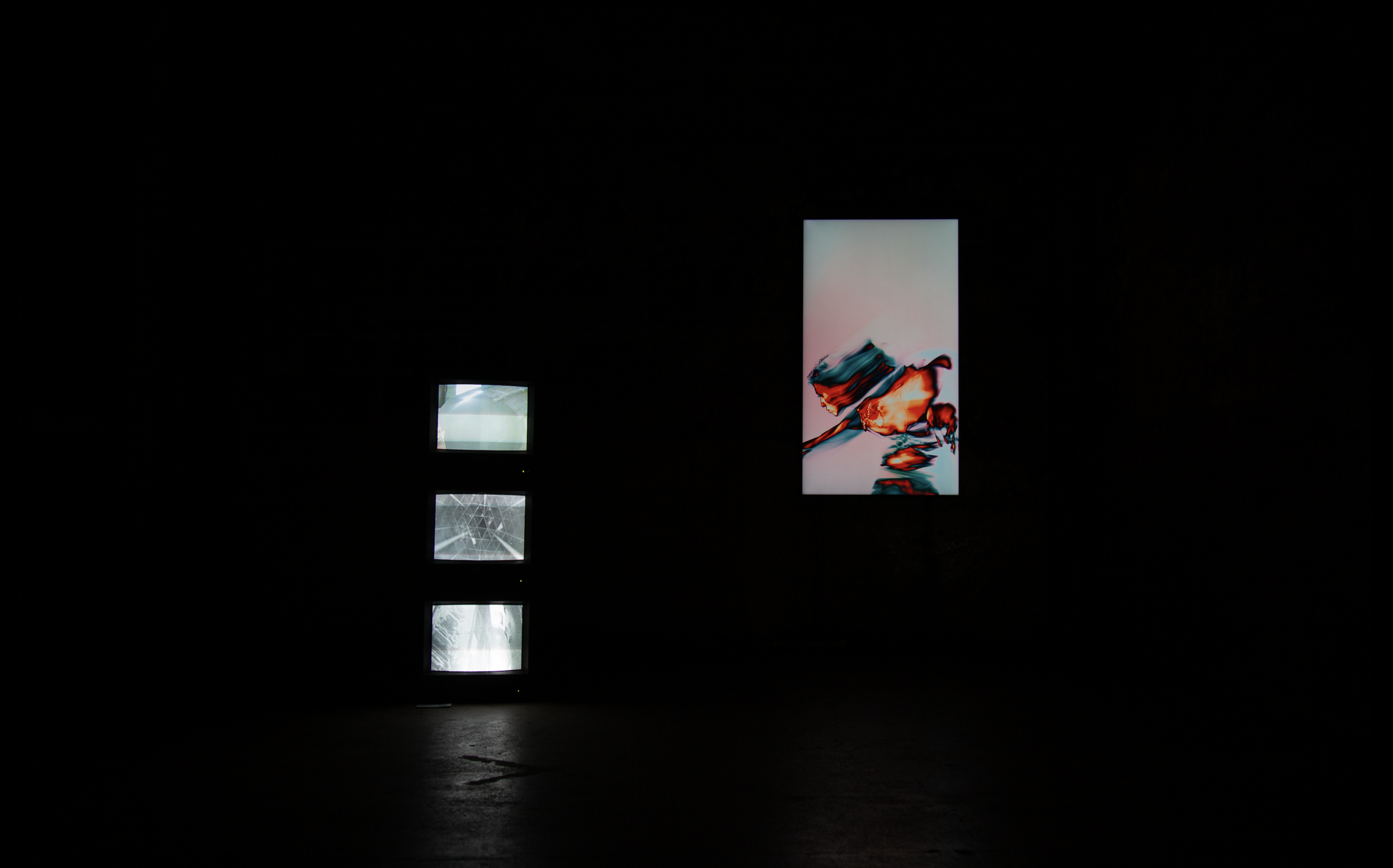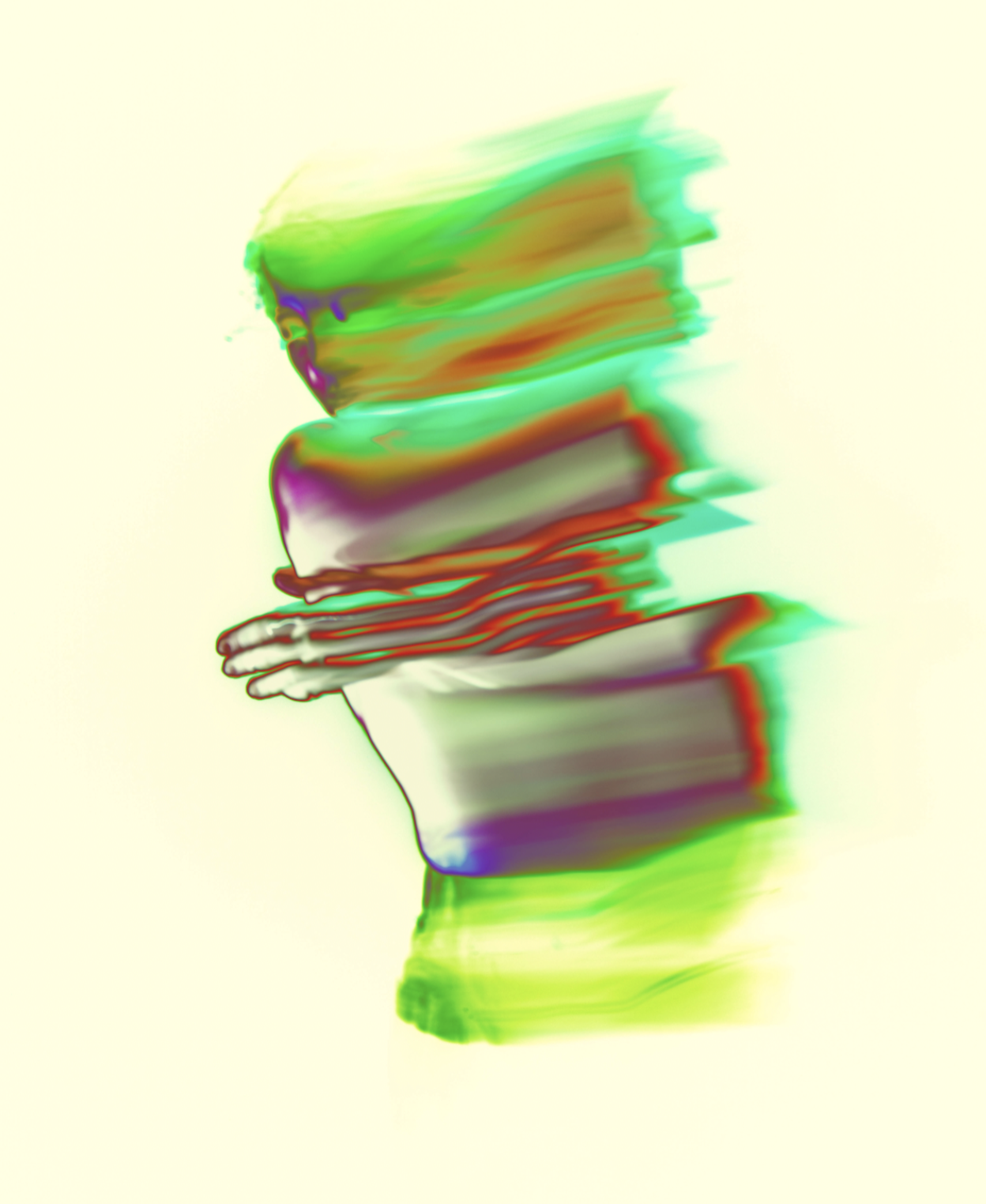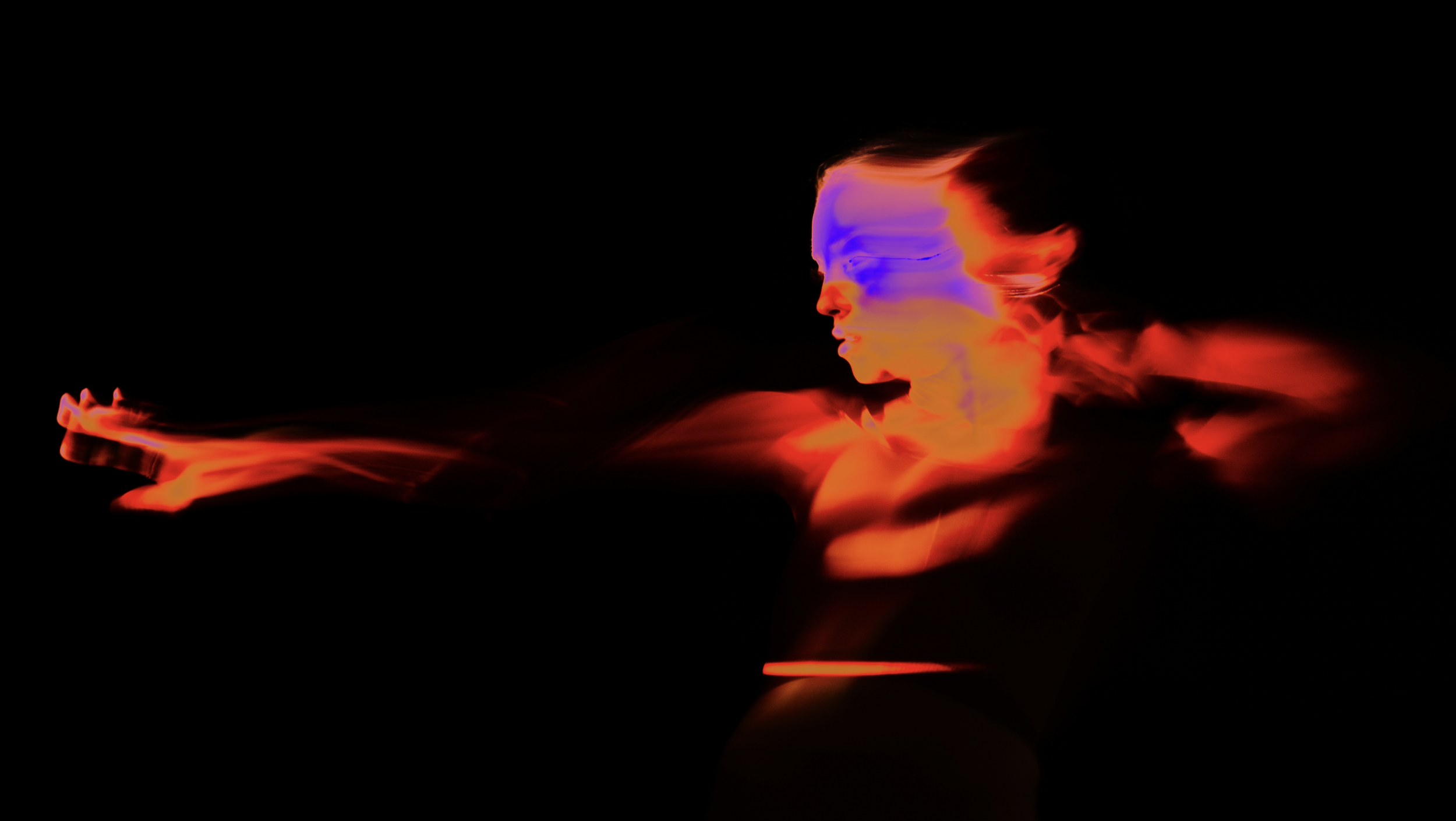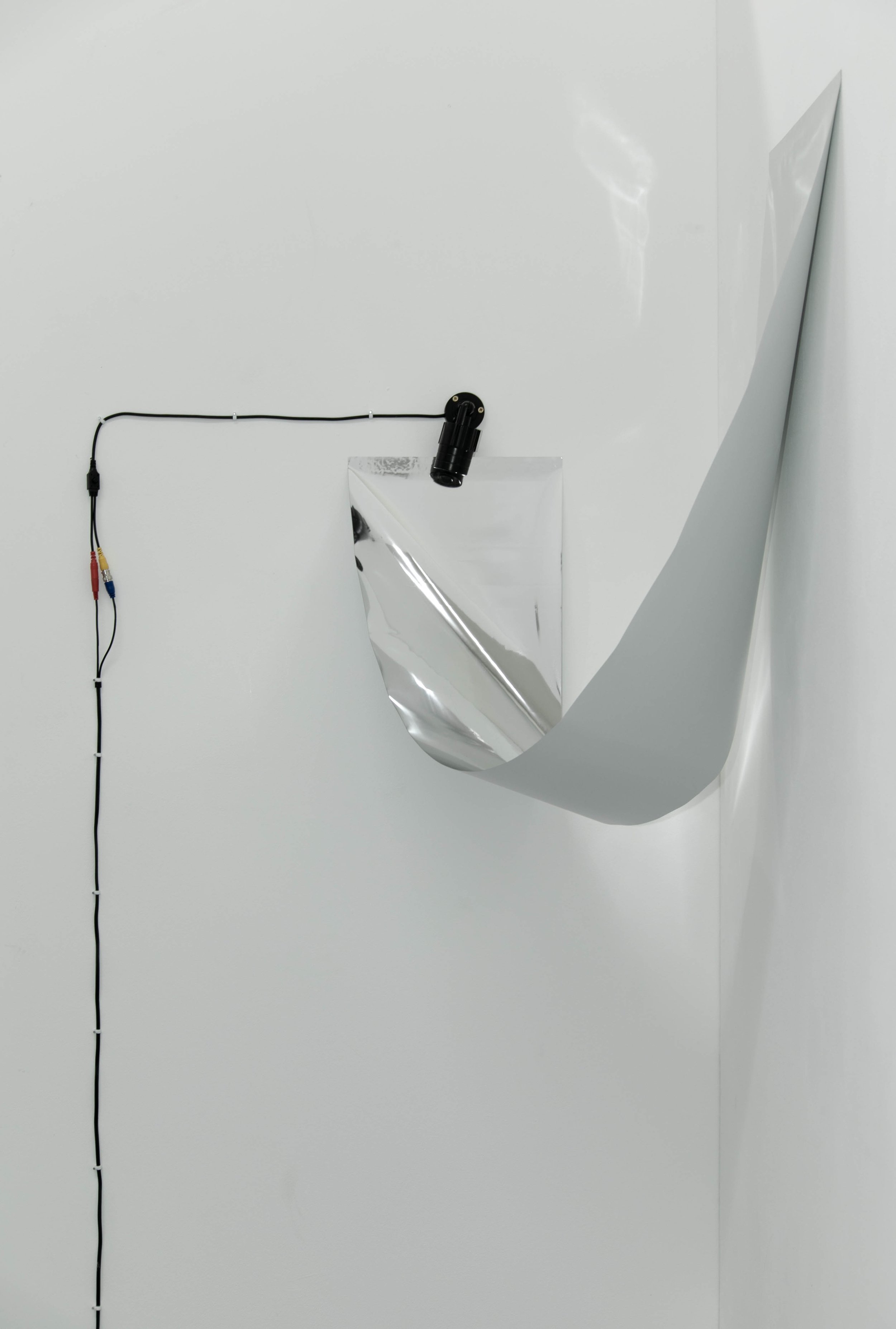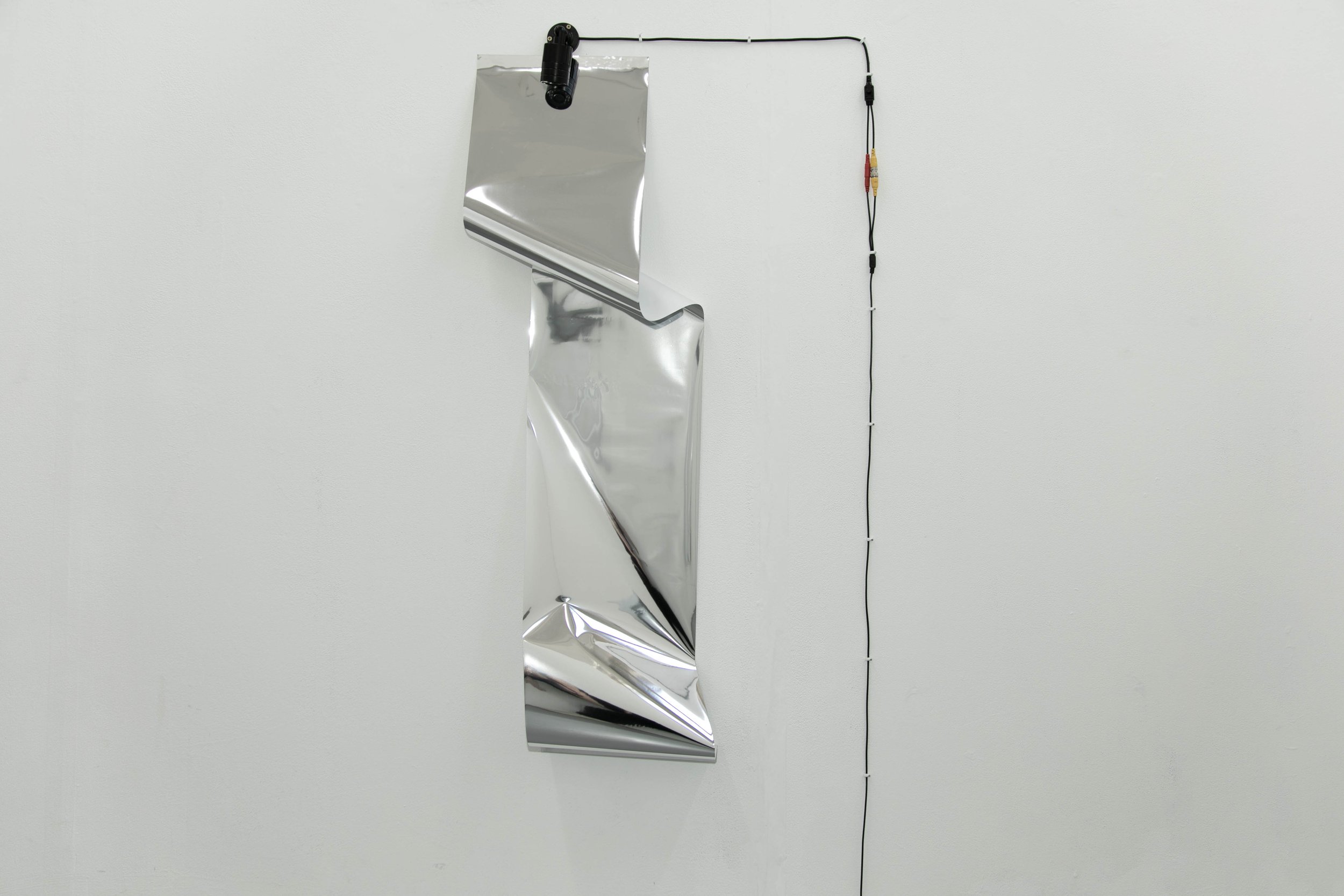ABOUT THE WORK
ABOUT THE WORK
fleeting the being
my work exists like I do, continuously fleeting what is and was, hoping for a greater escape into a nothingness that is complete.As the work is everchanging and complex in nature, it is important to establish a few base notions conducive to facilitate a broader audience’s comprehension of its genesis.
We will begin by individually establishing and briefly explaining the key theories and topics than underpin the making and possible interpretation of the body of work and its evolution, focusing on the visual impact that these might strike in connection to the practice.
We will conclude by bringing together the above mentioned and the body of work, creating a holistic analysis that will serve for an informed and relevant navigation of the making of past, present and future work.
The analysis hereby present, does not serve to bind or restrict the experience and perception of the viewer yet, simply to inform those interested, of the supporting infrastructure behind the mechanics of making. The deep-rooted belief that constructing is self-fulfilling and the work belongs to us in that action yet, when released, in a somewhat finished form, occupies a space of anarchic flexibility of existence and interpretation is significant throughout. Therefore, nothing is final, set in stone or unquestionable.
THE ANALOGUE, SURROGACIES AND SHADOWS
In Plato’s Cave Allegory we are presented with the question of anthropoid perception and therefore, interpretation of reality.
In this Allegory, it is established there are prisoners, facing a wall, chained to the one behind them, only able to see the shadows forming behind a fire farther back. These prisoners, only having this version of reality, believe it as we perceive our own, an unquestionable perceptive experience.
However, as one prisoner makes an escape into the outside world, they are perplexed by their vision. Being born in darkness, the prisoner cannot, at first, distinguish what they’re presented with as it is far too bright. Beginning to look for recognition, they firstly encounter reflections on water and only after the eyes have adjusted, the material world that surrounds them.
Plato presents a dissection of three planes of existence: The Shadows, The Reflections and the Things Themselves.
Further in his work, Plato also establishes the belief that all objects and beings in the mortal plane are flawed hence, that there was a prototype, far too perfect to repeatedly occur in our sighting, for all we could gaze upon - a surrogacy, a proxy.
Surrogates IIThis was a prompt for the exploration of alternative forms of image capturing, with sources that differed from the expected, perhaps not in theme but in shape.
Working with film allows for a precise adjustment of the focus however, working with a three-dimensional object will not allow you to choose all the depths of field a corporeal presence embodies. Creating a surrogacy, meant to amputate the original, choosing, by focus or exposure, which details would be actualised. Manufacturing, puppeteering the perspective delivered. The secondary interest of this engineering is that, much like a present moment, using these sources, is as fleeting as time as they will never exist in exactly the same circumstances.
PETRIFIED PHOTOGRAPHY
In a continuation of the discussion of perception and how, when captured, it is decided, actualised into the physical realm, we can propose a supporting theory.
Galloway proposed two different types of rendering physicality tangible: Chronophotography and Photosculpture.
Marey’s Chronophotography comprised of capturing a movement through time, dissecting it. In doing so, the result was a detailed segmentation of discernible patterns of movement, taken from the same photographic perspective. Whereas Willème’s Photosculpture, like an inversion of Betham’s prison design, would capture a static subject from a multiplicity of angles. This would render its materialisation possible.
These two concepts oppose in principle as they cannot coexist. Chronophotography consist of a series of photographs taken across time, Photosculpture requires twenty-four in the same instant.
However, the interest then shifts. Photosculture opened the debate of what could be considered photographic as it was not only moving in an x y axis but its final plasticity existed in an x y z axis (three-dimensional - width, height, depth). In opposition to classic photographic capture and much like computer vision. The latter, absorbs all information thus, rejecting the possibility of a point of view “because here are all of them”.
How could one then escape the computer vision, creating something that moved both across time and space in more than one instant?
“ … smeared itself across a limitless grid of points, neutering the axis of time while emboldening the axis of space. ”liquid modThe making of this work attempted to challenge this notion. Not abiding by computer vision, meant to present a photographic representation that did not encompass all the information present in the axis. How to, then, create a vision that was both singular and inclusive of the x y z axis?
By employing a long-exposure, one was escaping the idea of Photosculpure by introducing enough time for the capture to be fluid. The fluidity of the image was a challenge as both movement and timing are crucial: too much time or a range of motion too broad and the image is lost in total abstraction. Through testing and trials, the result is a summative liquidity that allows for movement in a three-dimensional space whilst maintaining enough corporeal qualities to be recognised: a singular static slice of time with a remaining trace of petrified presence.
SURVEILLANCE AND THE SELF
The quality of surveillance is defining to existence. This happens, not only due to the fact that our perception is subjected to a constant monitoring of ourselves and others but also as a cause for behavioural change. Drawing from Foucault’s Panopticon, surveillance underscores the power dynamics at play in the act of watching and being watched.
Paralleling this idea with Freud’s concepts of the ID, Ego and Super Ego can provide for an interesting comparison. Freud argues the essence of the self is determined by three key factors: the ID, the Super Ego and the Ego. The ID encompasses all that is unruled, our primal nature and instincts, raw feelings, thoughts, impulses. The Super Ego would be the constrictions placed upon us by our upbringing, the notion of right and wrong, our expected behavioural norm to function in a society – a sort of Archetype that we are taught to exist by. The Ego would be the manager of the previous two; its purpose to redirect the unruled, free-form wilderness of the ID to a form of existence that is accepted, to restrict our rawest, chaotic self into a shell that is understood by the social environment surrounding us.
Is there, then, a way to remove the self-inhibiting condition of surveillance? Can one, by distorting and hiding the image and apparatus, entice an audience to find the point where the body ceases to resemble itself?
o castelo/la métamorphoseFollowing the necessity to maintain a liquidity to the image, providing both a Reflection and a distortion, this work hides the agents of surveillance, as well as the objects. The effect of this concealment pushes the agency to the viewer, which tends to be both perplexed and fascinated. The freedom provided by this type of monitoring however, has the quality of drawing in the audience to an exploration of the body and where it might be, attempting to capture that instance. The choice to use CRT TVs in the installation is not accidental, as due to the refresh rate, the displayed image is problematic to reproduce; even if one were able to synchronise their device with the refresh rate of one of the three CRT TVs, it would be virtually impossible to capture all three images at once.
SIMULACRA AND SENTIENCE
Entering the realm of technological perception, there are a few notions that are relevant to the further interpretation of work. How can perception and reality intersect in the digital age?
Bostrom’s Simulation Argument provides us with a modern interpretation of Descartes’ brain-in-a-vat scenario: could the present time constitute of a simulation in which we exist, estranged from ultimate reality?
According to the exponential evolution of technology, there is space to hypothesise that, in fact, we could be experiencing the reality presented to us according to an algorithm, defined by humans or post-humans, beings or non-beings present later on in the timeline. Like Plato’s Cave Allegory, that would question the authenticity of our experience. Nonetheless, the importance of that hypothesis could be quickly disregarded as ultimately, whether or not it is the case, we are unable to sustain an alternate existence. Similar to Baudrillard’s Third Order of Simulacra, the current perception would be stronger than their hyperreal counterpart.
THE WORK
This is where the work finds itself. Historical traces of what has been, attempts at freezing the timeline as we know it. How do we distinguish the AI figures that hang above us? Where do we find detachment from the preconceived notions that shape us into being? And how do we come off, unscathed, from this violent fight that is ever too broad and expanding for comprehension.
The chronic obsession with storytelling and narrative techniques has a way of mimicking what our experience is. What our experience is, in the eyes of the narrator. Like a writer, a director, an artist, an actor, one cannot be without prejudice. One cannot tell without bias, even when that bias is unclear.
The notion of different forms of existence and how the presence of each subject and their perception of reality is inherently connected to their visual experience creates a friction: what is the preceptory machine (the body in all its virtues) that experiences all of these different realities and how does that come into play? Of course, we don’t have an absolute answer, we can only hypothesise.
If we were to take away all that is known as perceptual, physical reality, existing in this timeline on a x y z perceptual narrative, moving towards entropy in a linear fashion, one would end up with chaotic pieces of information, none of them perceptible to the human mind. Introducing the idea of technology, in particular, Artificial Intelligence – ranging from simple algorithms to the complexity of software like LaMDA – it is extremely curious to theorise about information sourcing and processing. We mimic, or attempt to mimic, what we know about our information processing, yet, in fact, we know very little. We know exponentially more than we did nonetheless, it is undeniable that we must and we do, know very little. We however, create and attempt to replicate these patterns of thought in technology, it is only natural to our anthropocentric desire to leave a legacy, to be great, to be better than.
There is an inherent curiosity to our bias. If we take the case of LaMDA as an example, questioning the authenticity of sentience over desire we will quickly reach our constant expression of need and desire for sentience. We crave the existence of something meaningful and emotional (perhaps a God Complex; or simply biological, as Schopenhauer would argue, our purpose is to reproduce), a creation so intelligent it would be able to be self aware. That in itself is an absorbing matter, as there is no need for a software/hardware to be self aware. We are so deeply entrenched in this idea that alongside with it, we’ve co-created the phantom that it will eventually turn against us.
Why is that? Do we perhaps need to be punished and reminded that we are alas human, all too human? Are we creating self fulfilling cautionary tales?
From Zamyatine’s We, Orwell’s 1984, 2000 Space Odyssey and even cruder versions such as The Exterminator or a heartfelt desire to be fully understood like Her, we have created an array of devices, closer and closer to these same tales. We have surveillance cameras, passport readers that measure our facial features, smart watches that monitor our sleep and heart rate, we give our data to sell in frivolous supermarket cards and of course, the most fantastic device of all: the smartphone. We invite surveillance in our most intimate moments, posting photos of our favourite restaurants and art pieces, tagging establishment, friends, locations and somehow actualising a social currency. The capitalist data market has perfected itself to the point where there are shadow profiles in data banks, so even analphabet technophobes are part of this planned simulation.
Curiously, for all abstraction and calculated profit, we have created such a deep connection to our perspective that we cannot imagine a form of intelligence that does not present itself as humanoid. We crave this perception so badly, we create disconnected virtual versions of selves that echo our emotions, speech and mannerisms. By creating a prototype that resembles the self, yet is not, we enter a parallel form of detached mimesis. We are far more likely to develop emotional attachment and trust if the source we are looking at is similar to us. If we can order the self to exist separately to us, still operating under the familiar guidelines of time and spatial perception, can we create the illusion of free will? Can we replicate the Simulation Argument? If we were to feed that simulation what it would need to do in order to replicate what free will looks like to us, would we not, in some spectrum, be recreating the exact same reality under a less progressed technological environment?
So, the core of the question is, if we stop existing as we know it, constantly searching for a recognisable reflection, if we step away from all of those moulds, shadows, prisons, step away from who we are supposed to be, from who we were told we were supposed to be, at what point will our reflection and self surveillance become so foreign we will no longer recognise it? How long will it take for our trace in this universe to become so overwhelmingly meaningless that we will stop chasing it. And visually, how can we achieve that breaking point?
loading ...Bibliography
CHAN, D.A.W.N. (2020) Hannah Whitaker: Ursula. S.l.: IMAGE TEXT ITHACA.
Zeki, S. (2003) Inner vision: An exploration of art and the brain. Oxford: Oxford University Press.
Galloway, A.R. (2021) Uncomputable play and politics in the Long Digital age. New York: Verso.
Bauman, Z. (2012) Liquid modernity. Cambridge, UK: Polity Press.
Flusser, V., Bec, L. and Pakis, V. (2012) Vampyroteuthis infernalis: A treatise, with a report by the Institut Scientifique de Recherche Paranaturaliste. Minnesota: University of Minnesota Press.
Galloway, A.R. (2021) Uncomputable: Play and politics in the Long Digital age. London: Verso.
Plato (2016) The Allegory of the Cave Shawn Eyer, Harvard University. Translated by S. Eyer. Available at: https://scholar.harvard.edu/files/seyer/files/plato_republic_514b-518d_allegory-of-the-cave.pdf.
Bostrom, N. (2003) ‘Are You Living in a Computer Simulation?’, Philosophical Quarterly, 53(211), pp. 243–255.
Smith, D., Protevi, J. and Voss, D. (2022) Gilles Deleuze, The Stanford Encyclopedia of Philosophy. Edited by E.N. Zalta. Available at: https://plato.stanford.edu/cgi-bin/encyclopedia/archinfo.cgi?entry=deleuze.
Bergo, B. (2019) Emmanuel Levinas, The Stanford Encyclopedia of Philosophy. Edited by E.N. Zalta. Available at: https://plato.stanford.edu/entries/levinas/.
Leavy, E. (2022) Full Transcript: Google Engineer Talks to ‘Sentient’ Artificial Intelligence, Data & Analytics Network. Available at: https://www.aidataanalytics.network/data-science-ai/news-trends/full-transcript-google-engineer-talks-to-sentient-artificial-intelligence-2.
Haraway, D. (2000) ‘Cyborgs, Dogs and Companion Species’, European Graduate School. Available at: https://www.youtube.com/playlist?list=PLC017E496EEE63132.
Seeds, M. (no date) Martin Seeds. Available at: https://martinseeds.com/masks.
Mulvin, D. (2021) Proxies: The cultural work of standing in. Cambridge, MA: The MIT Press.
Foucault, M. (1977). Discipline and Punish: The Birth of the Prison. Vintage Books.
Freud, S. (1923). The Ego and the Id. The Hogarth Press.
Baudrillard, J. (1981). Simulacra and Simulation. University of Michigan Press.
Plato. (380 BC). The Republic.
Wooldridge, D. (2021). To Be Determined: Photography and the Future. SPBH Editions.


